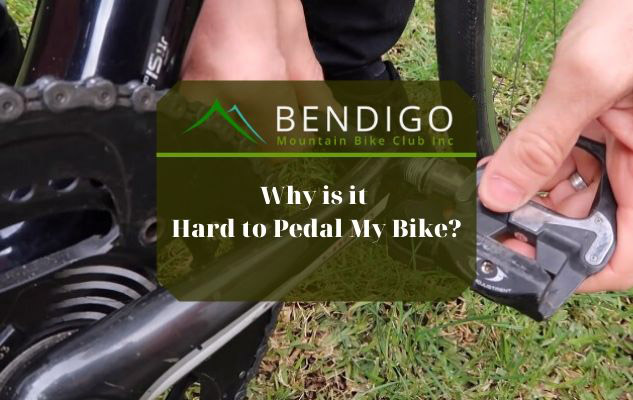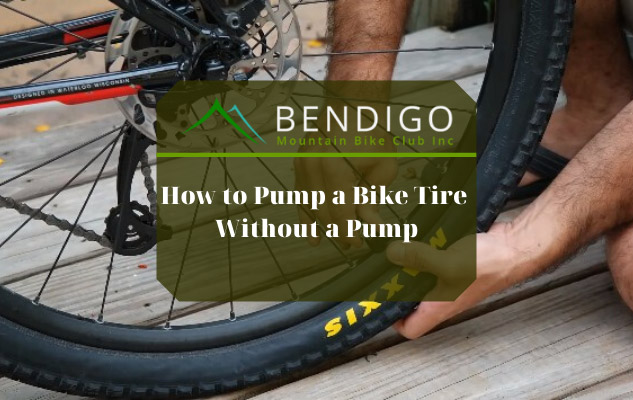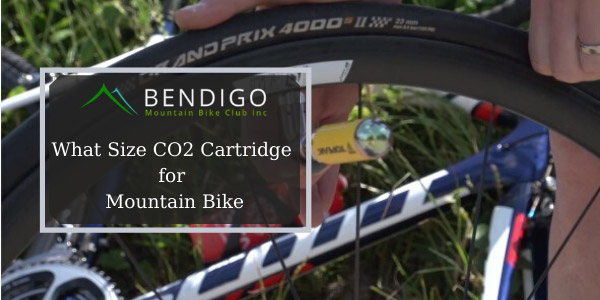Author Archives: dungvl
- Home → Author's archive:
Why is it Hard to Pedal My Bike?
Since cycling is an endurance activity, you need the right bike to make it easy on your body to cope with the rigors of the road. As a cyclist, you can’t perform at your best if you feel that it’s very hard to pedal your bike.
Luckily, there are several ways to deal with this problem. If this is a problem you’re dealing with right now, there is still hope. By dealing with issues or getting one of the best bikes on the market like the Tommaso Imola Endurance Aluminum Road Bike, you can improve your performance dramatically.
How do bicycles work?
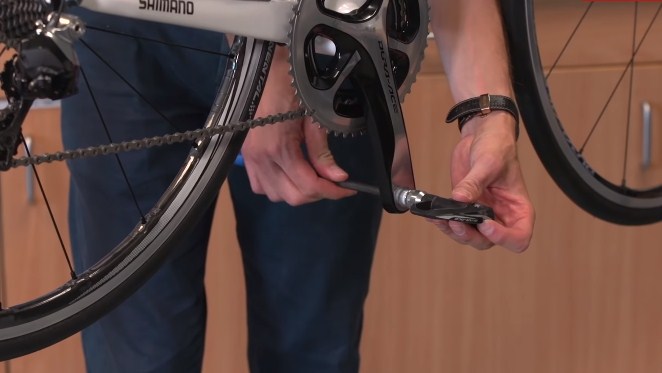
No matter how much you weigh, the frame of your bike should be strong enough for it not to buckle or snap as soon as you ride on it. Ordinary bikes have frames made of inexpensive but strong alloys based either on aluminum or steel.
But the bikes used for racing and cycling are much stronger and are more likely to be of carbon-fiber composites. Although they are a bit pricier, they are much stronger, rustproof, and lighter.
Bike frames aren’t designed to be completely rigid as this could result in a ride that’s much less comfortable. All bike frames bend and flex a little to absorb some amount of shock when riding, although manufacturers consider other factors to ensure comfortable rides.
Ultimately, it’s the bike’s wheels that support your whole weight – but in a unique way. If the bike’s wheels were of solid material, they would get squashed down as soon as you board the bike as they should push back up to support your weight.
However, just like the Schwinn Vantage Hybrid Road Bike, most bikes today have wheels that are actually made of a thin rim, a strong hub, and a number of spokes with high tension. These spokes make the wheels lighter, stronger and have the ability to reduce drag compared with wheels made of solid metal.
Why is it hard to pedal a bike?
Generally, cruisers like the Schwinn Sanctuary 7 Cruiser Bike are more difficult to pedal than road bikes, but if you really feel it’s much harder, then there are some adjustments that you can make. First, check the brakes to make sure they aren’t the reason for dragging you down.
There might be a need for an adjustment. The reason can also be that the tire pressure is significantly lower than what it should be. Check the tire and brakes pressure. Also, take a quick peek to see if your bike’s tires aren’t rubbing against the frame.
The issue might also be a rusty chain. In such a case, one thing you can do is to lubricate the chain – but use only chain lube. For instance, WD-40 cleans the chain but it has minimal lubricating value.
If you use motor oil, this accumulates on the exterior of the chain and eventually, collects road grime and dirt. This is why you should only use a proper bike chain lube – one that cleans and offers an anti-static effect, meaning it won’t attract grime or road dirt.
Tips for making it easier for you to pedal
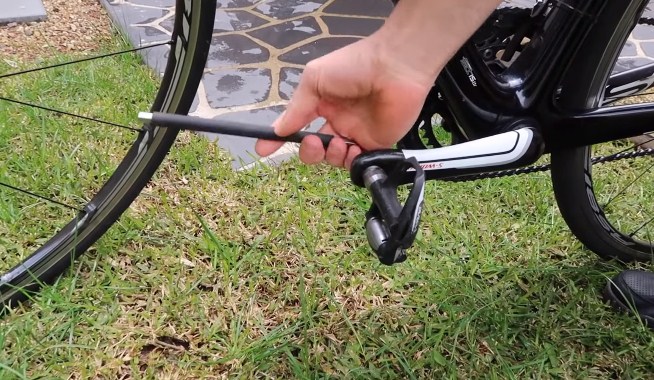
Friction causes materials to wear out. In bicycles, one of the most common causes of friction is a rim that rubs against the bike’s brake pad. You can easily solve this problem by making adjustments to the brake.
That is unless your bike has a bent rim, which makes it harder to fix. Adjusting the wheel bearings requires some practice and special tools. It’s recommended to skip your DIY plans and bring your bike to a mechanic.
A wheel rubbing on its frame can also be a source of friction. This can happen because of a bent rim, frame or fork but also because of a misaligned wheel. This issue typically happens with older bike models that have frame eyelets to allow for some adjustment of the chain tension.
A rear wheel axle that isn’t tightened on the frame causes the wheel to get misaligned because of the chain’s pull when you’re pedaling. Also, check the bike’s bottom bracket. If this is over-tightened, it can cause significant friction.
You can verify this by removing the chain from the chainring. Make sure that it doesn’t rub against anything that rotates. To adjust the bracket at the bottom, you need practice and special tools too. Just like the issue with the brake pads, it’s recommended to get a mechanic.
If not, one good suggestion is to replace the bottom bracket with something more modern. If your DIY efforts fail, just bring your bike to a bike shop and let someone look at it.
Conclusion
Your bike’s condition spells all the difference in your performance, especially if cycling is part of your lifestyle. Furthermore, cycling won’t be a fulfilling experience if there is a need to pedal harder.
Apart from making sure that you purchase the best bikes on the market like the sixthreezero Around The Block Men’s Beach Cruiser Bicycle or the sixthreezero EVRYjourney Women’s Step-Through Hybrid Alloy Beach Cruiser Bicycle, you can deal with any issues with your existing bike by following the tips you learned in this article.
How to Pump a Bike Tire Without a Pump
A road pump is one of the essential items many cyclists carry in a backpack or attached to the bicycle frame. However, some depend on the garage pump that is not portable, and thus having CO2 cartridges could save the day in case of emergencies.
The good thing about the CO2 cartridges is that they are small, making them easy to carry and can inflate both bike tires within seconds. Though some opt to inflate by blowing air by mouth, this should be the last resort given a variety of affordable cartridges in the market. Here are simple steps followed in using the cartridges:
Remove the cap of the inflator
CO2 cartridges are used with the inflators. The inflator’s cap should be removed by turning the cap in a counterclockwise direction by hand. Inflator fitting and CO2 cartridges should then be removed by tipping the end of the inflator up.
Check the tire and fit the nozzle into its valve stem
You should check the tire well to avoid inflating a broken tube and ending with a flat tire a few seconds later. After which the valve cap should be removed from the stem and inflator fitting threaded or inserted. The tightening of fitting should be done well by hand.
Insert the tip of the CO2 cartridge into the inflator
The inflator once fitted to the stem valve of the bike; the other end will be open. The open end is where the CO2 cartridge neck is inserted with fitting held with one hand. The other hand should be used to push the cartridge into the fitting and turned clockwise until air start to flow into the bikes pipe.
Inflate the tire
There is a risk of over-inflation, which can burst the tire’s tube; thus, inflation should be done with a lot of care. After inflating for a few seconds, the cartridge should be turned anticlockwise to stop the airflow, and inflation level of the tire checked.
If the tire is not well-inflated, turn the CO2 can clockwise and pump more while observing until the desired pressure is achieved.
Remove the cartridge from the inflator
Unscrew or pull off the cartridge from the nozzle then remove the inflator fitting from the bike’s valve stem. The CO2 round is used once and thus should be replaced together with the fitting and kept in inflator tube. You should then put back the valve cap of the tire’s stem.
Replace the CO2 with regular air
CO2 gas tends to dissipate fast as they are made for emergencies. Though it can last for 24 hours, it is good to replace it as soon as you get the pump to continue with the journey. Otherwise, carry more cartridges that will sort you out in case of long travels.
Buy quality CO2 cartridges
Amazon is a trustworthy online store where any cyclist can order for quality and affordable CO2 cartridges. Check two rounds that you can buy:
Mosa 16 Gram Threaded Co2 Cartridges

The Mosa CO2 cartridges come in a pack of 30 CO2 cartridges to keep you cycling even when faced with flat tires. The cartridges are threaded and compatible with all inflators that are compatible with threaded types.
Besides, the cartridges are food-grade, thus can be used on tap-it-cap or growl tap system for beer. They come at an affordable price, hence a sure pick for many riders.
Pros
- Compatible with threaded inflators
- Affordable
- Food grade
Innovations Genuine 16 Gram Threaded CO2 Cartridges

The Innovation Genuine comes with 6-pack at an affordable price that gives you value for money. Each is 16-grams and can fill up most of the bikes’ tires. The CO2 gas used is pure and clean, thus cannot interfere with your inflator or tire’s valve stem. They are threaded types and are compatible with all threaded-compatible inflators.
Whether you are cycling standard or road bike tires, the innovation cartridges have got you covered.
Pros
- Affordable
- Perfect for standard and road bikes
- Lightweight
Final Thought
There is no better way of inflating tires without a pump rather than using CO2 cartridges. It is the latest innovation that helps cyclists in the case of emergency flat tires. The cartridges are straightforward to use, as highlighted in the steps above. Just get one from amazon for guaranteed quality and value for your money.
What Size CO2 Cartridge for Mountain Bike
Getting a flat tire on top of the hill is the last think bikers want. Luckily, the CO2 cartridges come in handy to inflate the flat tires within a short time. Buying a set is expensive, and thus as a biker, you need to get the right size.
The cartridges come in different sizes, e.g., 16g, 20g, and 25g. Making the right choice is essential as the cartridges are used once. Here everything you need to know to get the right size for a mountain bike.
What are the CO2 cartridges?
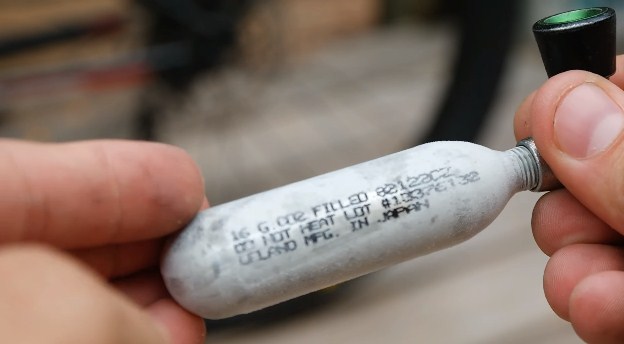
CO2 cartridges are small metal containers holding highly pressurized carbon dioxide (CO2) gas. Cyclists prefer them due to their small size that makes storage and transport easier. Besides, they inflate the flat tires or fill the new ones in seconds.
Their thumb-size has no effect on its power as the pressurized carbon fill the bike tire with gas fast. It requires less energy to use compared to manual pumps that can take ages and more effort to get the work done.
How do CO2 cartridges work?
Regardless of the size of the CO2 cartridges, they are used the same way. The inflator is needed that will be used to break the seal of the can. The canister is screwed into the head of the inflator or pressed into it.
The inflator is then attached to the valve stem of the bike, which then transfers the gas to the tire in seconds. Unlike the cartridges that are used only once, the inflators are re-usable, and mountain bikers always prefer carrying them whenever on a ride.
Types of CO2 cartridges
There are two types of CO2 cartridges: Threaded and non-threaded.
Threaded types are designed with threads on the tip such that they are easily screwed into the head of the inflator.
Non-threaded have a smooth tip and thus pressed or pushed to the inflator head to break the seal.
The two works the same way, but the one chosen should be compatible with the inflator’s head being used.
Can the flow of gas be controlled when using the CO2 cartridges?
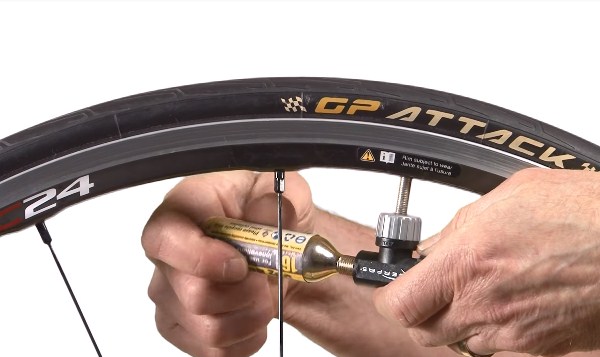
Control of the flow of gas depends on the kind of the inflator head used. The sub-standards inflators frustrate many riders as they tend to dispense the gas once the seal of the cartridge breaks.
Flow control is a feature that defines the most advanced inflators. They allow riders to control the flow of CO2 gas using trigger controlled, push-to-inflate, or twist-to-inflate technology.
How to know the right size?
The volume of the mountain bike tires determines the right size of the cartridge. Larger sizes starting from 20 grams are ideal. Know the working pressure of the bike tires that will guide you on choosing the correct size. There is always an inflation chart that is provided by manufacturers to help in picking the right size of the cartridge.
Benefits of CO2 cartridges
The inflation process of the tires happens quickly, saving time to leave bikers to continue cycling with no worry. Besides, the small size of the product makes storage easy while not adding weight when cycling.
The best is to pick the quality inflator head and the right size CO2 cartridge to get ideal pressure in the mountain bike tires.
Limitation of the CO2 cartridges
With the above information, bikers should find it easy to use the cartridge. However, beginner’s cyclists might find it difficult to know when their tires are full, thus risk over-inflation. Over-filled tires could blow out the tubes calling for a replacement. One should be watchful, and once the tire attains desired pressure, the inflator should be removed.
The second thing is that CO2 cartridges are only used once. Bikers should take care of the environment by not throwing the cans around, instead dispose of well.
Conclusion
The right size of cartridge all depends on how much your bike tire needs. Filling up a deflated tire required large CO2 rounds compared to refilling when some pressure is released.
The sure thing is that the convenience of the CO2 is worth the investment, and the basics above will help you get started. Always refer to the chart given by the manufacturer to get the ideal size. Otherwise, be watchful as you inflate the bike to avoid over-inflating.

